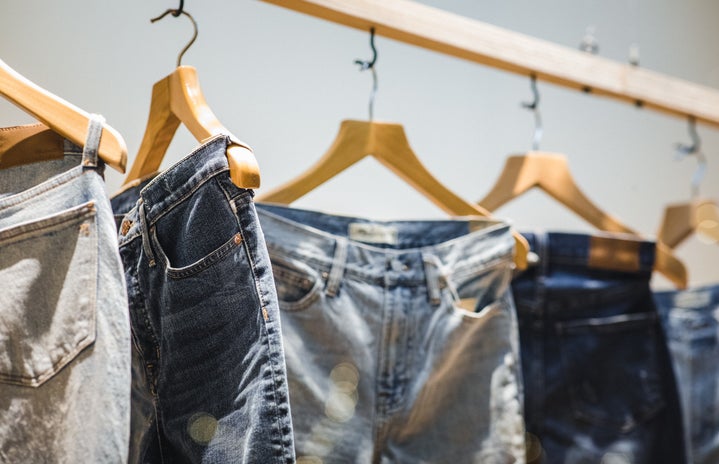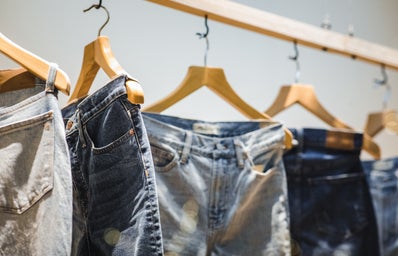I am sure you have noticed the shift that has taken place when it comes to how people shop. Fast fashion simply does not cut it anymore as people are striving for a more sustainable way of consuming. Is this increase in purchasing second-hand clothing a fashion trend within itself or is this the future for the fashion industry?
With the fashion industry being the second largest polluter globally, it is important to look at the ways you can shop sustainably. Social media has been a catalyst for the rise in popularity of second-hand clothing. TikTok has been used as platform to promote this shift from fast fashion, it is full of second-hand outfit inspiration and tips on how to sustainably shop. This representation and the new-found ‘trendiness’ of thrifting has also helped to combat the stigma behind shopping second-hand, with the app’s global reach and influence also making people aware of the environmental impacts of fast fashion.
There has also been an upsurge in the use of online marketplaces to buy and sell second-hand clothing, with Vinted being one of Europe’s most popular apps. Popular TV shows such as Love Island and Big Brother are now being sponsored by eBay and Vinted, people are increasingly turning to charity shops, vintage shops, or online second-hand marketplaces to answer their fashion needs. Over the summer I did a massive clear out of my wardrobe and sold about 20% of the things I owned on Vinted. Not only are my clothes now being used and given another life, but it was also a great way to earn money as a student.
However, the popularity of purchasing second-hand clothing online has led to inflated prices, with online platforms being notorious for reselling items at extortionate rates. People are turning online marketplaces into businesses by purchasing second-hand items and then reselling them on platforms such as Depop at triple the price. Could this business-like mindset be making second-hand clothing inaccessible? While this is a good way for many people to make a profit, it is advancing the gentrification of second-hand outlets and causing people to turn to fast fashion as it becomes the more affordable alternative.
Although buying-second hand is environmentally friendly, there is also an issue of overconsumption. It is important to look at how you can be an ethical consumer and address how much you consume, just because it is ‘cheap’, it does not mean you need to clear the racks! Be aware that people use second-hand shops for a multitude of reasons. Perhaps next time you purchase from a charity shop, donate something in return!
Even though there has been a significant rise in people shopping second-hand, it still only makes up a small proportion of the fashion market. Taking small steps to make sure you are shopping sustainably is a good place to start. Perhaps it is time for you to dig out all those clothes you do not wear and give them a chance of a new life with someone else!
While second-hand shopping is a great way to be sustainable, it is important to be conscious about your consumption and privilege when shopping as this is not always possible for everyone.
References:
https://www.ft.com/content/acc7c966-9a54-4ca3-b4ad-449b93537ccc
Edited by: Michele Ngue-Awane


